‘Workingman’s Dead’ @50: A 3-CD Celebration of the Grateful Dead’s Commercial Breakthrough
by Jeff Burger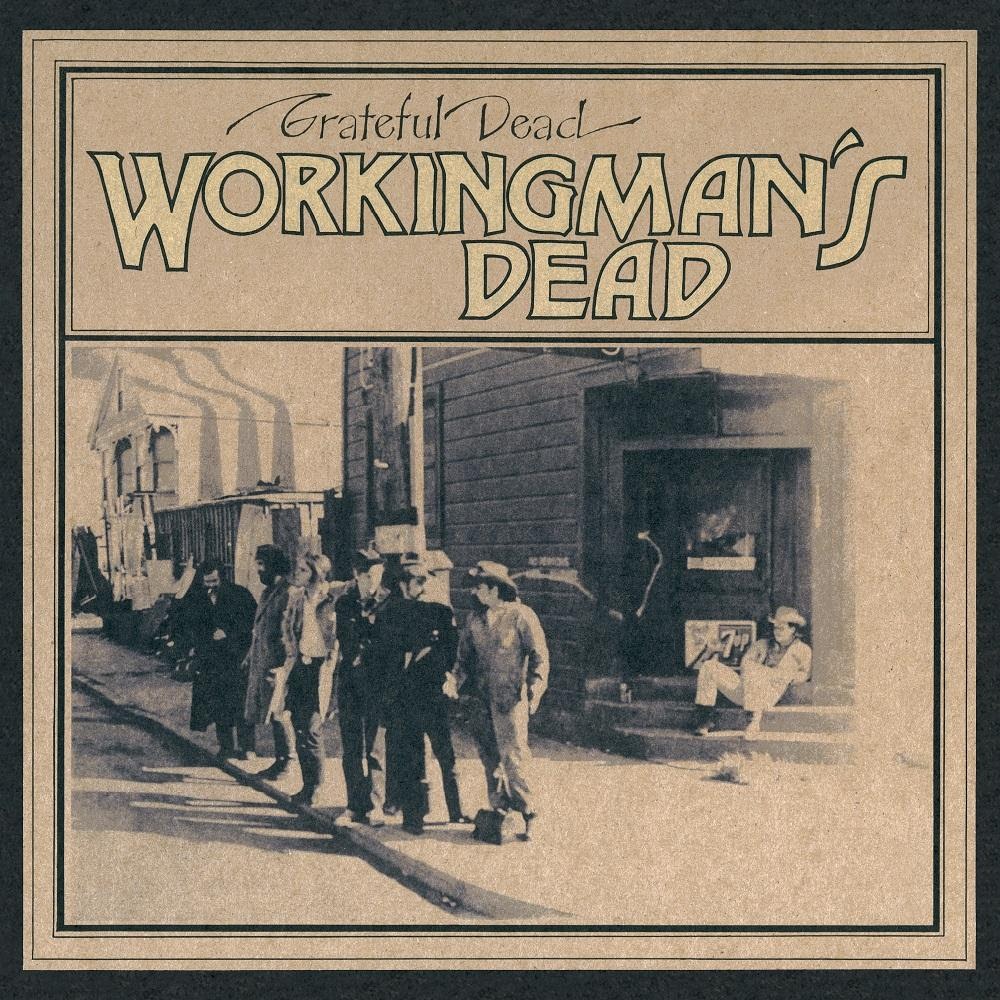 The Grateful Dead’s first three albums—their eponymous 1967 debut, 1968’s Anthem of the Sun and 1969’s Aoxomoxoa—feature psychedelia-influenced, experimental, sometimes sprawling numbers that reflect the milieu of the group’s Haight-Ashbury home base in San Francisco. On their June 1970 fourth studio album, however, they follow such artists as Bob Dylan (1968’s John Wesley Harding and 1969’s Nashville Skyline) and the Byrds (1968’s Sweetheart of the Rodeo) in largely eschewing their former sound in favor of stripped-down, roots- and country-based music. The result, which earned widespread and well-deserved critical acclaim, was the group’s biggest commercial success to date.
The Grateful Dead’s first three albums—their eponymous 1967 debut, 1968’s Anthem of the Sun and 1969’s Aoxomoxoa—feature psychedelia-influenced, experimental, sometimes sprawling numbers that reflect the milieu of the group’s Haight-Ashbury home base in San Francisco. On their June 1970 fourth studio album, however, they follow such artists as Bob Dylan (1968’s John Wesley Harding and 1969’s Nashville Skyline) and the Byrds (1968’s Sweetheart of the Rodeo) in largely eschewing their former sound in favor of stripped-down, roots- and country-based music. The result, which earned widespread and well-deserved critical acclaim, was the group’s biggest commercial success to date.
Like, say, the Band’s self-titled second album, Workingman’s Dead consists of songs (most by Jerry Garcia and lyricist Robert Hunter) that while new often sound as if they have been around for a long time. (Unless, that is, you know the inspiration for lyrics such as those on “New Speedway Boogie,” which addresses the violence at the Rolling Stones’ 1969 Altamont concert.) You can hear the influence of the Bakersfield sound in some of these tracks, as well as of bluegrass and Appalachian hillbilly music.
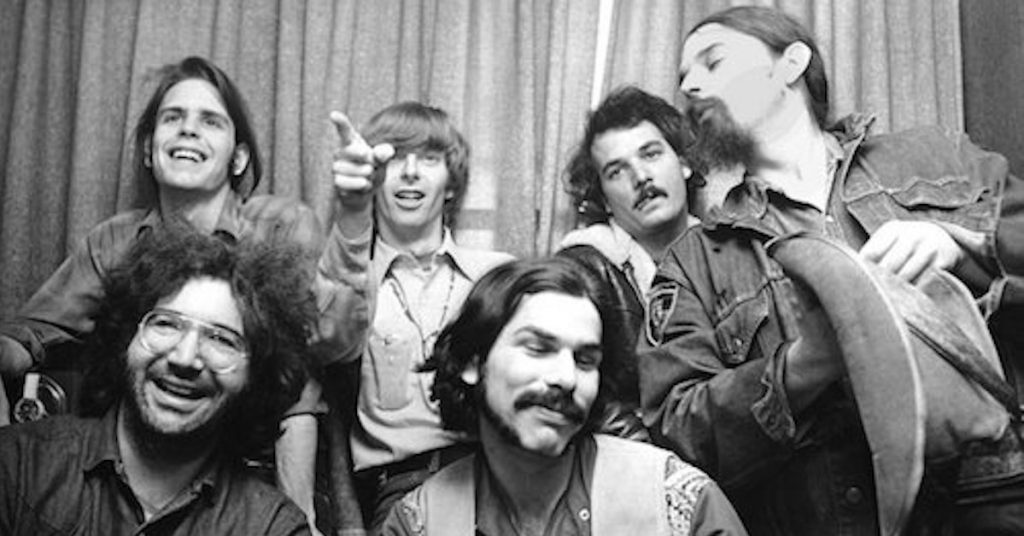
The Grateful Dead in 1970 (top row, l. to r.): Bob Weir, Phil Lesh, Bill Kreutzmann, Ron “Pigpen” McKernan; (front row, l. to r.): Jerry Garcia, Mickey Hart
Everything about the album—even its sepia-toned cover photo—represents something close to a U-turn from what the previous releases deliver. While the group’s earlier LPs emphasize guitar and percussion, this one spotlights vocal harmonies and singalong choruses.
It also reflects a new sense of discipline and an appreciation of the benefits of conciseness. While the jam-heavy Anthem of the Sun, for example, contains only one number that clocks in at less than about eight minutes and features two tracks that flow together for a total time of more than 21 minutes, Workingman’s Dead offers just a few tunes that exceed five minutes, and then only slightly.
Related: 1970 in classic rock albums
In fact, the whole eight-song record lasts only a little over half an hour, but like 50th anniversary editions of the group’s first three albums, a new three-CD half-century commemoration release of Workingman’s Dead delivers much more than its antecedent did: in addition to a remastered copy of the original record, it includes a 24-song, approximately two-and-a-half-hour 1971 concert that embraces material from throughout the band’s career up to that point. Here, the Dead stretch out and sound more like the group that produced the first three albums.
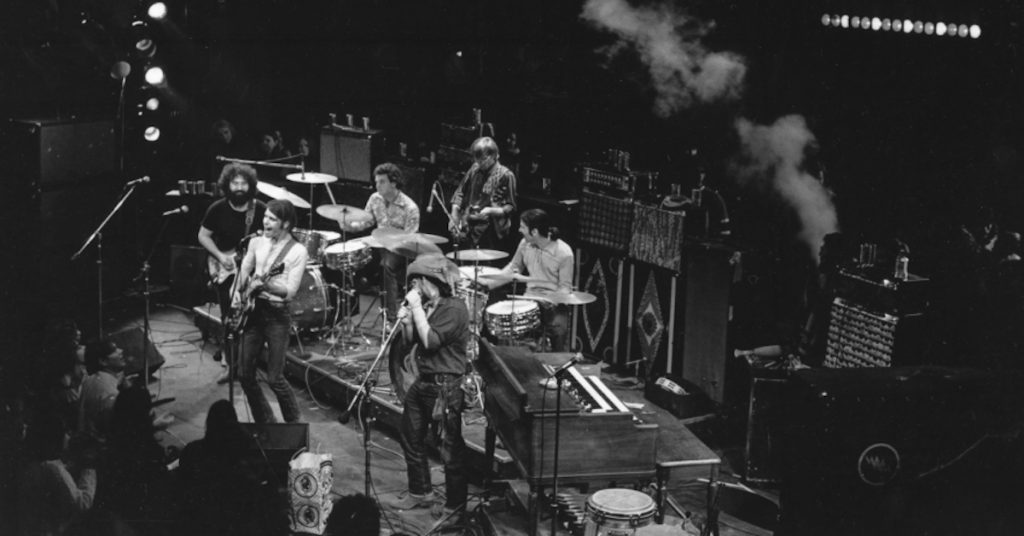
The Grateful Dead at New York’s Fillmore East in Feb. 1970, a few months before the release of Workingman’s Dead
Besides versions of Workingman’s Dead‘s “Casey Jones,” “Easy Wind,” “Uncle John’s Band” and “Cumberland Blues,” the live set features the traditional “Cold Rain and Snow” and Jesse Fuller’s “Beat It on Down the Line,” both of which appear on the Dead’s debut LP; “Sugar Magnolia,” “Truckin’” and “Ripple,” from American Beauty, the fall 1970 follow-up to Workingman’s Dead; and covers of songs that had by 1971 become Dead concert staples, such as Chuck Berry’s “Johnny B. Goode,” Kris Kristofferson’s “Me and Bobby McGee” and a 17-minute rendition of the Rascals’ hit “Good Lovin’.”
Listen to the previously unreleased live “Casey Jones” and “Uncle John’s Band” from that concert
God knows no shortage exists of available Grateful Dead live material from this or any other period in the band’s career; there are now dozens and dozens—if not hundreds—of authorized and unauthorized concert discs (which makes it somewhat remarkable that the show preserved here has apparently not previously seen the light of day). That said, this recording comes from a time when the Dead were doing some of their best concerts, and it features one strong performance after another, virtually all of them highlighted by Garcia’s guitar wizardry.
If you don’t already own the original album—or have it only in the form of a scratchy old LP—the remastered CD included here should alone be enough reason to pick this up. The live tracks, though, are icing on the cake—and a tasty icing indeed.

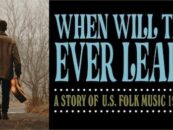
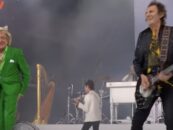



No Comments so far
Jump into a conversationNo Comments Yet!
You can be the one to start a conversation.